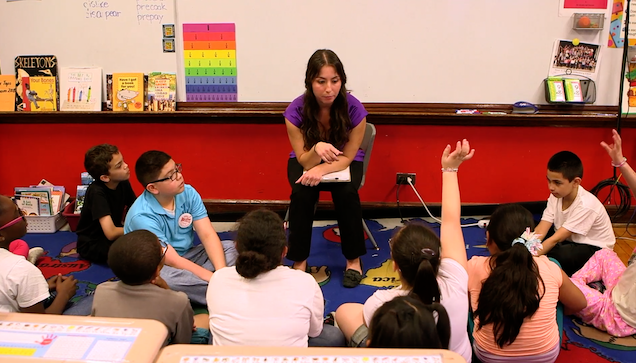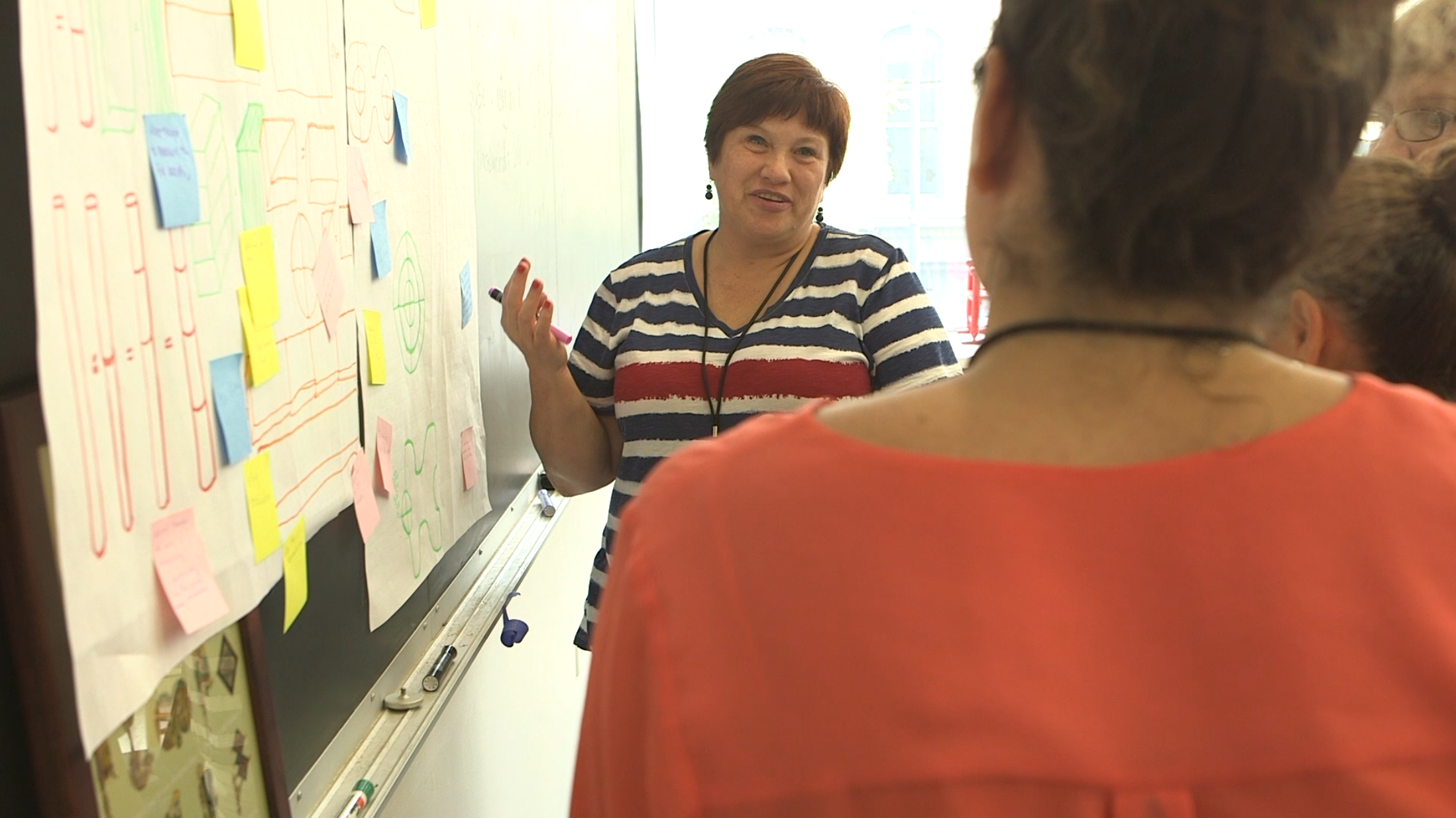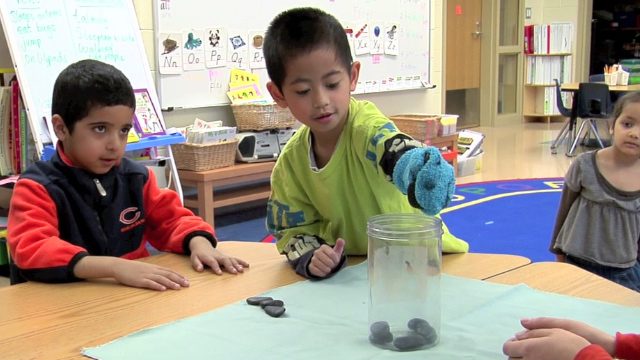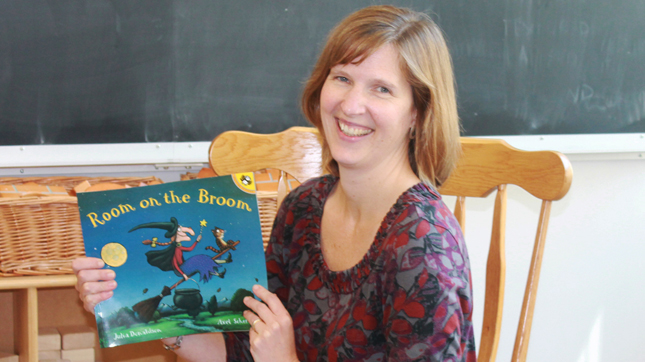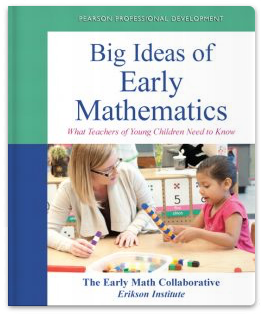Operations
Just as number sense develops when children are clear that something is being counted, the ability to make sense of number operations depends on the foundational understanding that every operation tells a story. Time and again, everyday life brings up compelling questions about How many now? How many more or fewer? and Is it fair? Number operations are the tools we use to find the answers to questions like these and to compare numbers of objects when a story is present in everyday life. Ways of mentally modeling real situations in order to answer these questions are what we mean by number operations.
It is crucial that we give children multiple ways to make sense of a problem situation such as How many now? — by acting it out, making drawings, or using manipulatives. Rote mastery of all the ways to add and subtract 1–10 isn’t much use when what children need to do is to identify what the unknown is in a problem situation, and have some plan for how to figure it out based on the relationships between the numbers that are given. Having a story to think about helps children visualize the problem situation.
Copyright: Erikson Institute’s Early Math Collaborative. Reprinted from Big Ideas of Early Mathematics: What Teachers of Young Children Need to Know (2014), Pearson Education.
Big Ideas
● A quantity (whole) can be decomposed into equal or unequal parts; the parts can be composed to form the whole.
● Sets can be compared using the attribute of numerosity, and ordered by more than, less than, and equal to.
● Sets can be changed by adding items (joining) or by taking some away (separating).
Interested in Book Suggestions?
Browse our favorite children’s books that explore Number Operations.
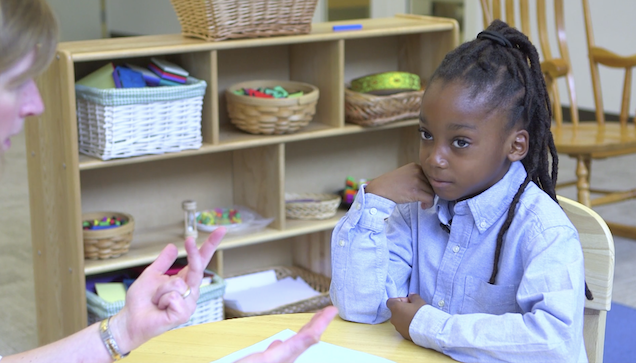
Egg Carton Story with Child 15
The math story this second grader solves is a change unknown story. There was a full carton of a dozen eggs but some were eaten, leaving only 3 eggs. After making sense of the problem, the child uses a counting up strategy to figure it out the story when comparing numbers of objects.


